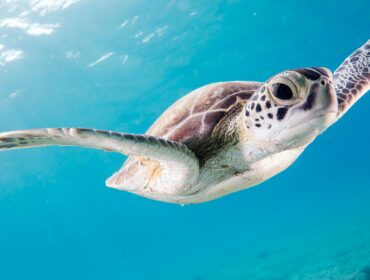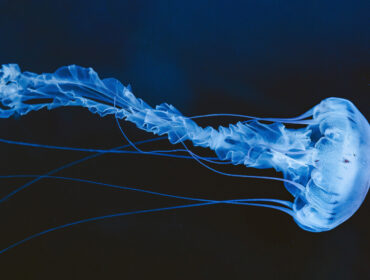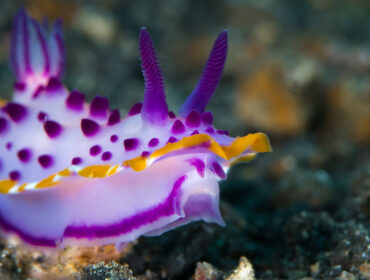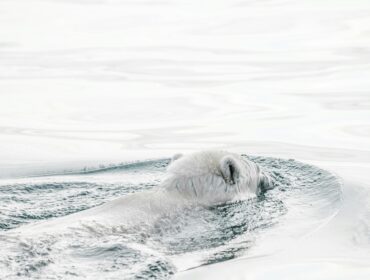If you live in or have visited the Caribbean lately, you may have noticed an extraordinary buildup of seaweed along beaches that are usually beloved for their white sand. This abundance of seaweed is sargassum, a type of seaweed that can be found throughout temperate and tropical oceans of the world. But there is one place where sargassum is so prolific that it became forever known for it: the Sargasso Sea.
Fifteenth-century explorer Christopher Columbus is credited with traveling the entire expanse of the Sargasso Sea in 1492, although references to the region have been made as early as the 4th century. Sometimes called the “ocean’s golden rainforest,” this unique sea is named after the brown sargassum seaweed that floats freely in the relatively warm and calm waters, with incredible visibility that can reach upwards of 200 feet below the surface. Instead of being bordered by land, the Sargasso Sea is unique among all other seas in that it is entirely bordered by major ocean currents, which bring sargassum and other debris from all over the world and deposit it within the gyre.
The Sargasso Sea isn’t fixed in place. Since it slowly rotates clockwise, its borders change with the surrounding currents. Satellite images taken from 2002 to 2008 show a seasonal pattern that “appears consistent with historical surveys,” reports the Institute of Ocean Sciences, one of Canada’s largest marine institutes. The sea’s boundaries include the North Atlantic Current as its northern border; the North Atlantic Equatorial Current to the south; the Canary Current on its eastern side; and the Gulf Stream, which serves as its western border.
Like its unique borders, the Sargasso’s seaweed has unusual features. This species is holopelagic, which means it can reproduce on the high seas, while other seaweed species throughout the world must start life at the bottom of the ocean. The Sargasso Sea is important to hundreds of marine species, including phytoplankton, shrimp, crabs, and even plants that have adapted to this unique habitat, which in turn provide food for migrating birds and large pelagic species. Other creatures, such as white marlin and endangered eels, use it as a spawning site. The floating sargassum also serves as a nursery for turtle hatchlings, who find food and shelter amid massive expanses of sargassum until they are strong enough to brave the seas independently.
While it may be aesthetically displeasing, humans have also found valuable ways to utilize the buildup of sargassum from the Sargasso Sea, including medicinal treatments, erosion prevention by burying it in the sand on coastlines, and even as fertilizer for crops further inland, making the Sargasso Sea truly a cradle of life on our planet.




